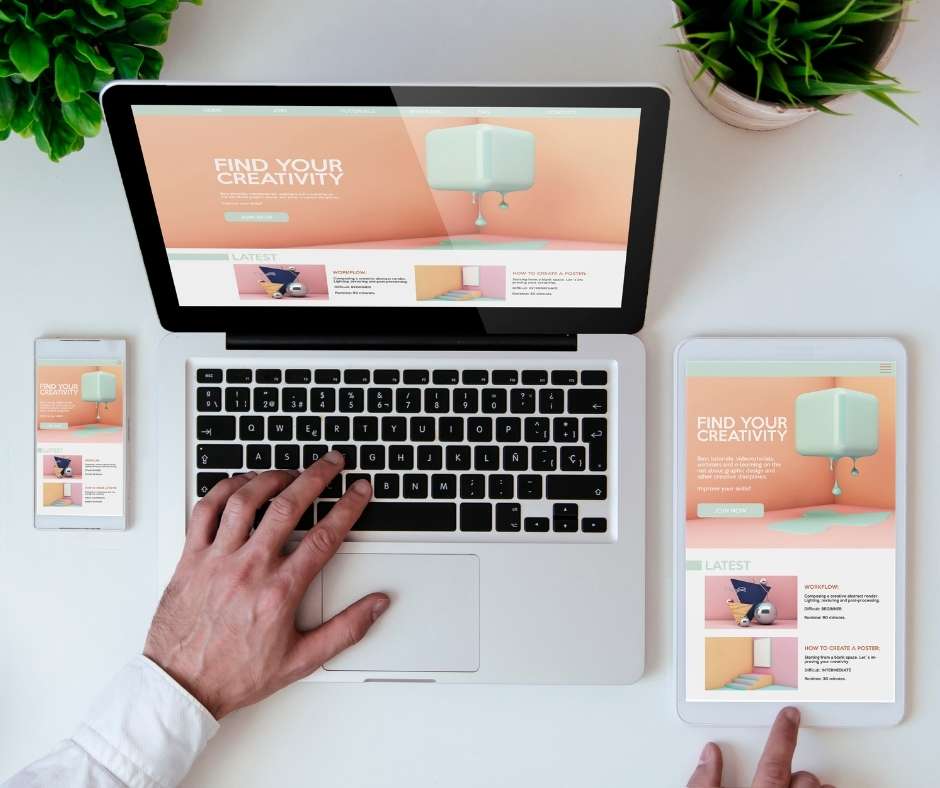
I’m sure you’ve heard the word “personalization” a lot in the last couple of years. Every article and other kinds of content piece advise both publishers and advertisers to take into account users’ preferences and create curated services for them.
And they’re right! Due to the big competition of brands and publishers online which, as you already know, is an increasing situation every year, personalization has become something really important for any media product to differentiate themselves, increase brand awareness and improve engagement
That’s why, according to ecommerce tech startup Sortext, around 89% of businesses are investing in strategies focused on customer personalization.
But while there is a lot of information about why you should personalize your content, many times it’s not clear how to actually do it. And that’s because it’s not an exact science, it depends on what level of personalization you’re looking for and how much you’re willing to spend time, effort and money on developing such solutions.
2 different ways to approach personalization
Jodie Hopperton, Product Initiative Lead of INMA and writer for their Product Initiative Blog, affirms that personalization is a necessary aspect in today’s digital scope and that there are two ways publishers can approach this situation:
Active or declared personalization
It refers to the action of directly asking users about their interests and preferences in order to use them afterwards to create a personalized experience for them.

This method is the one used by companies like Apple or Spotify, which offer various options for users to select their preferences, with the goal of curating personalized recommendations based on them.
A question that pops up is: when is the right time to ask for these preferences and interests?
Some apps include these options when you sign up to the website or app. Others force users to input that information right after they open the app right after downloading it. The thing all have in common is that users must create an account – free or via subscription – in order for publishers to save their personal information and preferences.
Passive personalization
As Jodie Hopperton reports, this concept refers to the use of “technology to make recommendations based on past reads, user behavior, demographics, and other data-led signals.”
This personalization technology is based on specialized softwares and algorithms (another big word nowadays) that collects information about customers, analyzes it and creates recommendations based on such data. This data must include information about the customer such as their demographics, behavior or location, taking into account the content that they’ve already consumed.
Also, due to the dependance of technology for this type of personalization, publishers depend on the budget that they want to spend on this kind of softwares, but also on their capabilities to implement and test these solutions.
However, these two options are not mutually exclusive. Publishers can opt to create a personalization strategy based on both scenarios to deliver the best experience to users.
5 personalized options for publishers
Now, the million dollar question: how exactly can publishers offer personalized options for their users? Here are some options:
1. Include recommended pages/articles
This has become a crucial aspect for any publisher and content creator and is the most basic type of personalization. After a content piece, you can include suggestions for users to read or watch next. This can be based on previous content the user has consumed, or based on their saved preferences in their personal account.
2. Create a section for users to discover new and different content
This essentially is the opposite of the previous point. Recommended pieces are great but, many times, users want to read something different from what they’re used to. That’s why, by offering different options, users have a chance to discover new content and expand their interests. Also, it helps you increase the traffic of other content pieces.

3. Create separate sections for recommendations
Instead of including suggested pieces after a content piece, you can create a section in your website or app for recommended content based on users’ personal preferences. This way, users have easy access to the content and, if they go to the section, they’re probably more likely to read or watch the suggested pieces.
4. Acknowledge your subscribers
There’s nothing people like more than being validated and recognized. In the case of digital publishers, users have taken the time to sign up and fill up a form with their information so, by acknowledging that in any kind of way, users are going to feel welcomed and engaged. Some examples include addressing them personally by calling by their name or highlighting their subscription or special membership.
5. Personalize your homepage
The homepage is the first page of your website that people see. This creates a good opportunity to show your users that you care about them by creating a personalized version of your homepage. You can include recommendation options, favorite categories or popular content to motivate users to click on the pages and read your content.
Personalization is an essential part of any publishing strategy nowadays and there are many options you can start from. What options will you choose?
What is personalization technology?
Personalization technology refers to the softwares used to collect, analyze and manage customer information and data in order to deliver personalized user experiences.
How can publishers use personalization?
There are different ways publishers can personalize their digital products. Some options include offering recommendations based on user data, personalizing their website’s homepage or acknowledging their subscribers in a personal way.